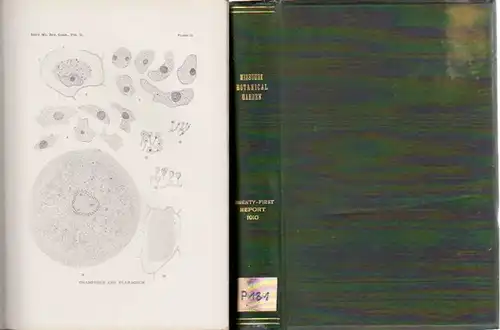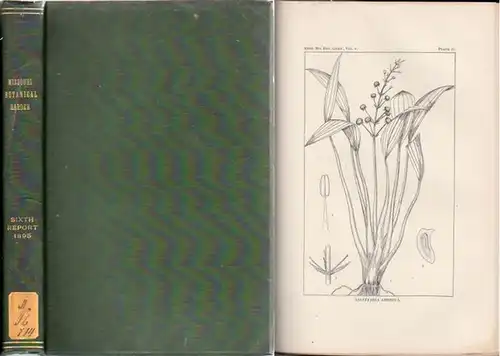| Deutschland | Standard | 7 bis 10 Werktage |
| Deutschland | Express | 8 bis 12 Werktage |
| Europa | Standard | 9 bis 14 Werktage |
| Europa | Express | 8 bis 13 Werktage |
| weltweit | Standard | 25 bis 45 Werktage |
| weltweit | Express | 10 bis 16 Werktage |
| Stückzahl | Homezone | Zone 1 | Zone 2 | Zone 3 |
|---|---|---|---|---|
| Ab 1 € versichert | 5,00 € | 5,00 € | 5,00 € | |
| Versandkostenfrei ab Bestellwert in € |
1,00 € |
| Bestellwert in € | Homezone | Zone 1 | Zone 2 | Zone 3 |
|---|---|---|---|---|
| bis 35 | 0,00 € | 15,00 € | 19,00 € | 40,00 € |
| bis 100 | 0,00 € | 15,00 € | 19,00 € | 40,00 € |
| bis 200 | 0,00 € | 15,00 € | 19,00 € | 40,00 € |
| bis 300 | 0,00 € | 15,00 € | 19,00 € | 40,00 € |
| bis 499 | 0,00 € | 15,00 € | 19,00 € | 40,00 € |
| darüber | 0,00 € |




Welche Sicherheiten habe ich, wenn ich per Warenkorb bestelle und die Ware im voraus bezahle?
Prinzipiell werden auf oldthing alle Anbieter überprüft und unzuverlässige Anbieter ausgeschlossen. Bei der Beurteilung und Einschätzung wie sicher und vertrauenswürdig ein Anbieter ist, empfehlen wir Ihnen vor jeder Bestellung die Anzahl der vom Anbieter bereits getätigten Verkäufe und die letzten Kundenbewertungen einzusehen.
Damit Ihre Einkäufe sorgenfrei sind, sichern wir Ihnen zusätzlich jede Bestellung per Warenkorb mit bis zu 250 Euro ab.
Im unwahrscheinlichen Fall, dass einmal wirklich etwas schiefgehen sollte und z.B. die Ware nicht ankommt und Sie Ihr Geld nicht zurückbekommen, greift unser Käuferschutz-Programm ein. Wir erstatten Ihnen dann den Kaufpreis (maximal 250 Euro pro Artikel) zurück, falls keine Einigung mit dem Anbieter erzielt werden kann. Vom Beginn der Schadensregulierung bis zur Auszahlung des Betrages können bis zu vier Wochen vergehen.
Sollten Sie noch Fragen haben, oder Einkäufe mit einem Kaufpreis von über 250 Euro absichern wollen,können Sie sich gerne an uns wenden.